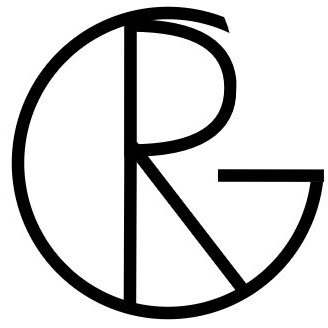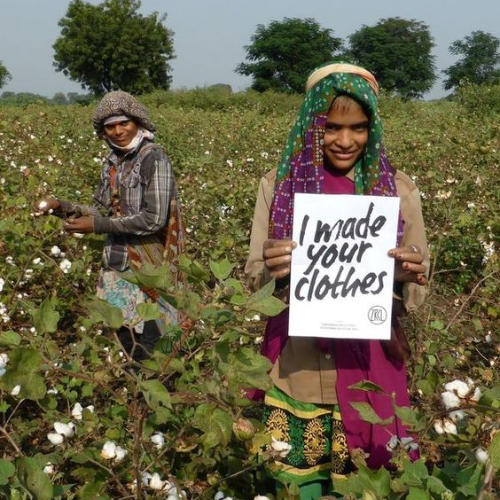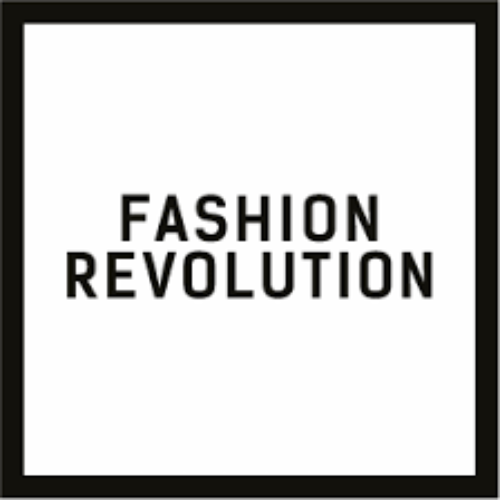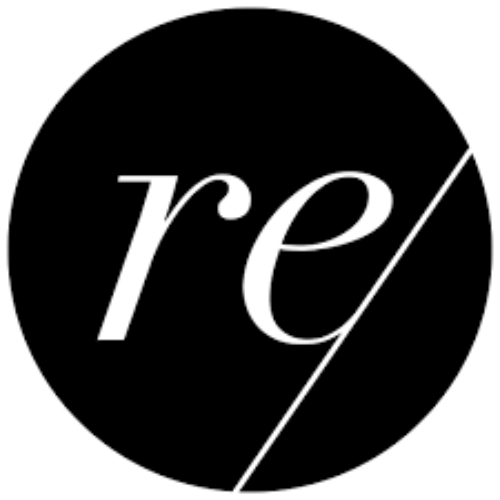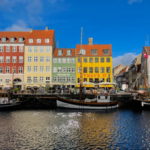Over the years, words like sustainability and ethics have gained increasing attention in the fashion industry. For many consumers, these words have become integral in shaping their purchasing decisions, leading fashion brands to feature them on their websites. However, linked to this, another crucial concept emerged – transparency. This principle plays a vital role in transitioning to a truly sustainable and ethical fashion industry.
Therefore, as you might have noticed, I use this concept a lot when looking at fashion brands.
Let’s take a closer look at what transparency is and why it is so important in the fashion industry.
Transparency in Fashion
Let’s start by explaining what exactly transparency is. In the corporate world, transparency refers to the public disclosure of a company’s activities. In the context of the fashion industry, this extends to fashion brands openly sharing detailed information about their operations throughout the whole supply chain. This includes sharing the environmental impact of their processes and shedding light on the working conditions of individuals involved in the supply chain.
Fashion brands striving for transparency may share the locations of their factories, the raw materials they use, workers’ salaries, the volumes of water consumed in various production stages, and more.
However, it is essential to note that transparency alone does not necessarily imply a commitment by fashion brands to enhance the sustainability or ethical standards of their brand. For instance, if a fashion brand discloses a specific amount of CO2 emissions, it does not automatically signify a commitment to reducing its emissions, despite the impression that such transparency might create.
The distinction lies in the fact that transparency is focused on revealing information rather than actively engaging in initiatives to improve sustainability or ethical practices.
Nevertheless, many fashion brands do incorporate their future sustainability and ethical goals to be more transparent.
The Consequences of a Lack of Transparency
A lack of transparency in the fashion industry has severe consequences, as we have seen.
The fashion industry has a complex supply chain with a fragmented structure across the globe. This makes it difficult for consumers to understand how their clothes are made.
The lack of transparency in the fashion industry can hide unethical labor practices such as low wages, poor working conditions, and even child labor. In addition, without transparency, it is harder to address unsafe working conditions, which can lead to accidents and health issues for workers. The Rana Plaza disaster in 2013 is a clear example of what a lack of transparency can cause.
Furthermore, the fashion industry is known for its environmental footprint, including water pollution, chemical use, and excessive waste. A lack of transparency can make it difficult to trace the origin of materials and monitor production processes. This hinders efforts to minimize environmental harm.
Moreover, the absence of transparency may result in the exploitation of local communities from which resources are extracted. Besides, this lack of transparency can contribute to pollution in these communities. For instance, the dumping of dyes into rivers in Asia is a notable example. This irresponsible practice caused rivers to be polluted with harmful chemicals, posing risks to local fishing activities and causing environmental degradation in surrounding areas.
Additionally, a lack of transparency can allow companies to make false or misleading claims about their products, such as sustainability claims.
To address these issues, there is a growing demand for transparency in the fashion industry.
An Improved Fashion Industry
Transparency is the first step towards a more sustainable fashion industry. Let’s see how transparency can improve the fashion industry.
Transparent disclosure of information regarding supply chains, manufacturing processes, and sourcing materials is important in holding fashion brands accountable for their social and environmental footprint. This transparency not only enables consumers to make more informed and responsible purchasing decisions but also encourages businesses to adopt ethical labor practices and sustainable sourcing. By being open about the details of their operations, companies pave the way for a transformative shift in the industry away from fast fashion and towards a more sustainable, circular, and responsible model.
Furthermore, transparency contributes to a culture of openness and accountability within the fashion supply chain. Brands that openly share detailed information about their production methods, as well as their sustainability and ethical standards, can be held accountable when shortcomings are noticed. Additionally, when brands establish specific sustainability goals and communicate them transparently, they commit to being held accountable for achieving these objectives.
Moreover, brands that share comprehensive details about their production methods and business practices are more likely to collaborate with suppliers and manufacturers who adhere to ethical and sustainable standards. This collaboration contributes to positive industry-wide changes, encouraging suppliers to adopt eco-friendly practices and empowering workers to demand fair treatment.
In addition to environmental and ethical considerations, transparency extends to pricing structures and product details. Clear communication about pricing builds trust between consumers and brands by eliminating hidden costs and ensuring transparent transactions. When consumers can access detailed information about a product’s origins, materials, and production, they can make choices aligned with their values. This shift towards conscious consumerism has the potential to reshape the industry, incentivizing brands to prioritize quality, durability, and sustainability over mass production.
Transparency Tools
Doing your own research on whether fashion brands are actually transparent is very time-consuming. Fortunately, several websites check the transparency for us.
Fashion Revolution’s Transparency Index
The first is the Transparency Index created by the non-profit organization Fashion Revolution. This index assesses and ranks brands based on the depth of information they disclose throughout their supply chain.
For the 2023 Transparency Index, the eighth edition, the 250 biggest fashion brands were analyzed based on 250 indicators.
Compared to the previous edition, the average of the 250 fashion brands only increased by 2 percent point to an average of 26 percent. This is a small change and reveals a lack of transparency in many areas. Interestingly, however, for the first time, two brands scored 80 percent or higher, including the well-known luxury brand Gucci.
It is essential to note that this index rates the brands on how much information they disclose and not on their sustainability efforts. It is, therefore, not a tool to use to check for sustainable brands. For example, H&M scores rather high on the index even though the brand can be categorized as “fast fashion”.
Interested in the Transparency Index? You can find it here.
Good On You
Good On You is a valuable rating website that I frequently use. This platform excels not only in identifying sustainable brands, but also in evaluating the transparency of these brands. Good On You’s methodology is rooted in transparency, basing its ratings on publicly available information.
The website assesses brands across three critical dimensions: People, Planet, and Animals. Under People, considerations include fair wages, the absence of child labor, and gender equality. The Planet dimension evaluates waste management policies, carbon emissions, water pollution, microfiber pollution, and chemical use and disposal. In the Animals dimension, Good On You examines how well brands trace their animal products, their animal policies, and the use of exotic animals.
It is a perfect website to do a quick scan of a brand and see whether it aligns with your values.
Visit Good On You.
Remake’s Fashion Accountability Report
In a previous article titled “Celebrity Fashion Brands: A Deeper Dive,” I highlighted that Savage X Fenty exhibited lower transparency than the Ultra Fast Fashion giant Shein, according to insights from the Remake Fashion Accountability Report.
In this report, Remake examined 58 fashion brands and rated them based on 150 possible points in areas such as traceability, raw materials, environmental justice, governance, and more.
Remake’s selection criteria centered around brands with annual revenue exceeding $100 million, emphasizing that these larger-scale fashion entities possess both the financial influence and responsibility to instigate systemic change within the industry.
Although not as extensive as Fashion Revolution’s list, Remake’s focused approach and methodology make the report valuable for consumers seeking more information on fashion brands.
Interested in Remake’s Fashion Accountability Report? You can find it here.
Sources
- Good On You
- Green Story
- Fashion Revolution
- Iamrenew
- My Master Thesis
All pictures link to their source, and all credits go to the rightful owners.
You can find the link to the header picture HERE.
